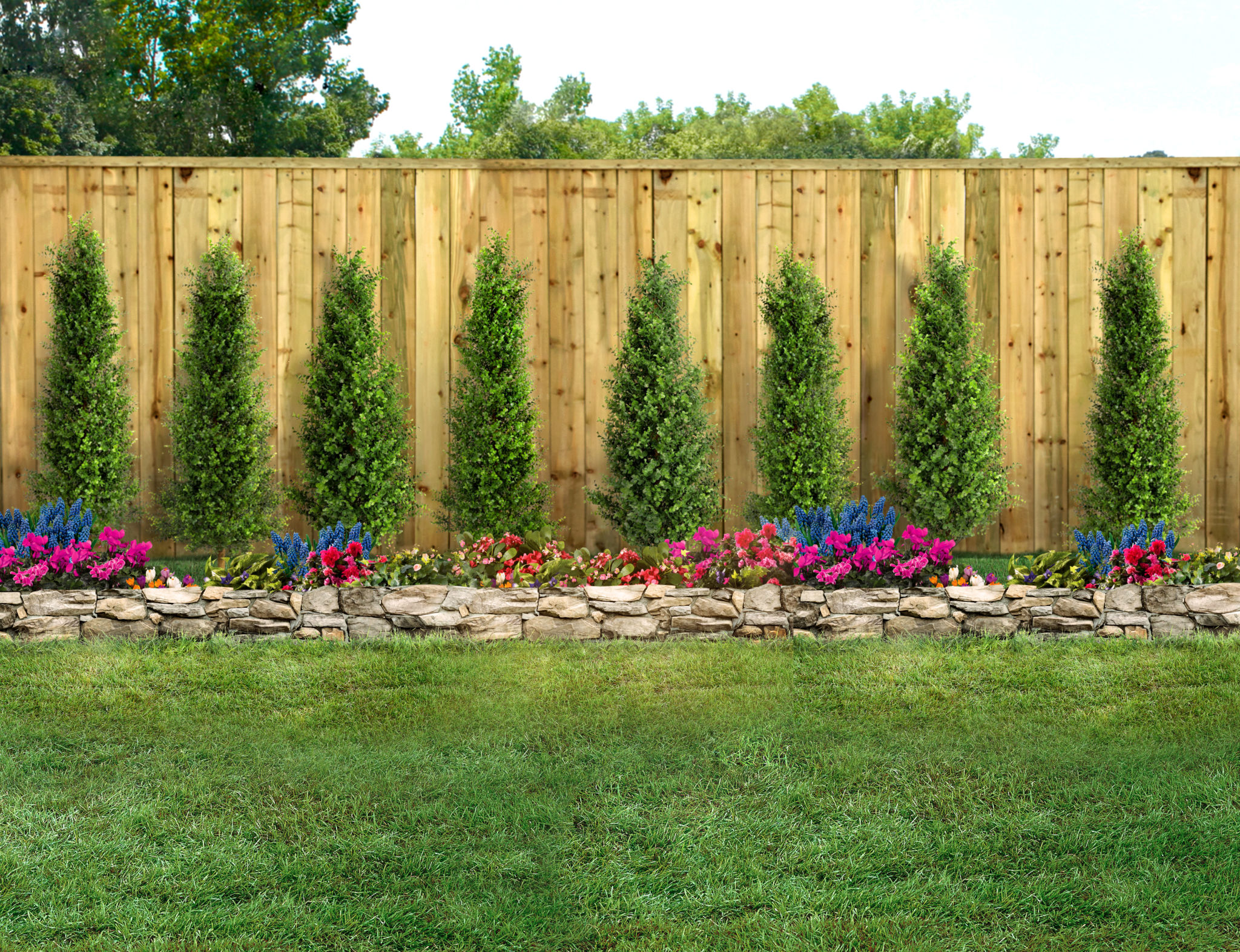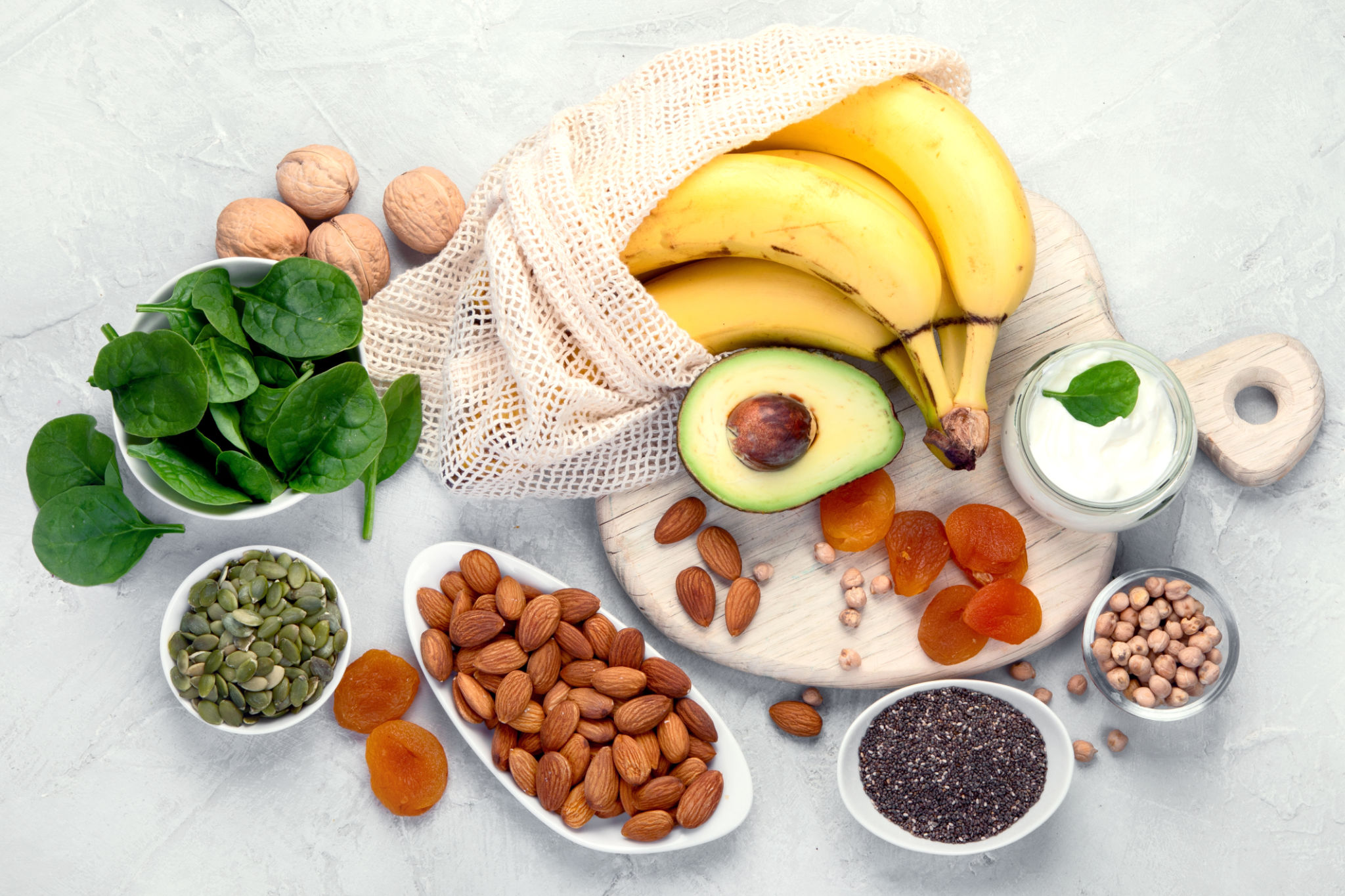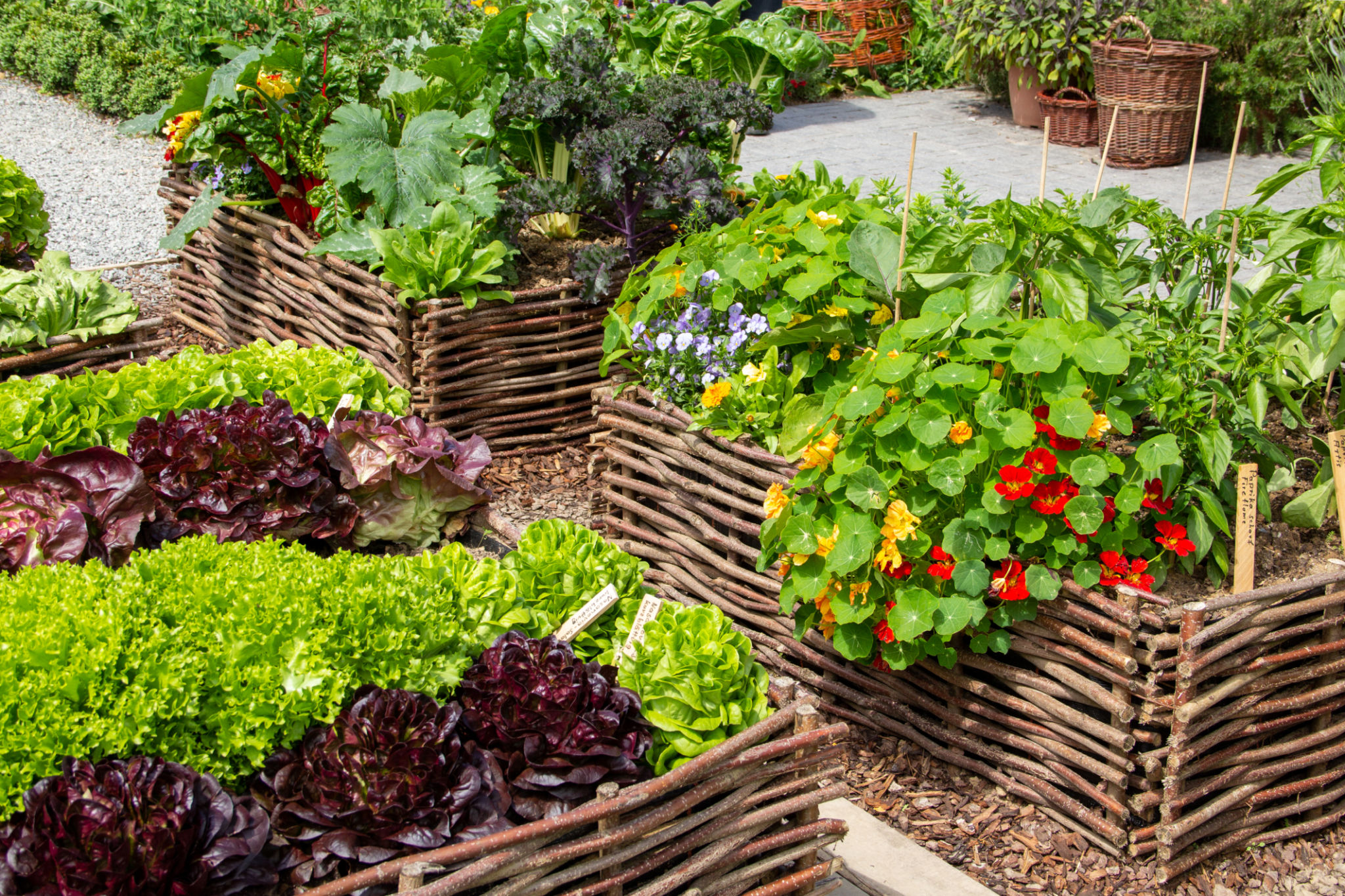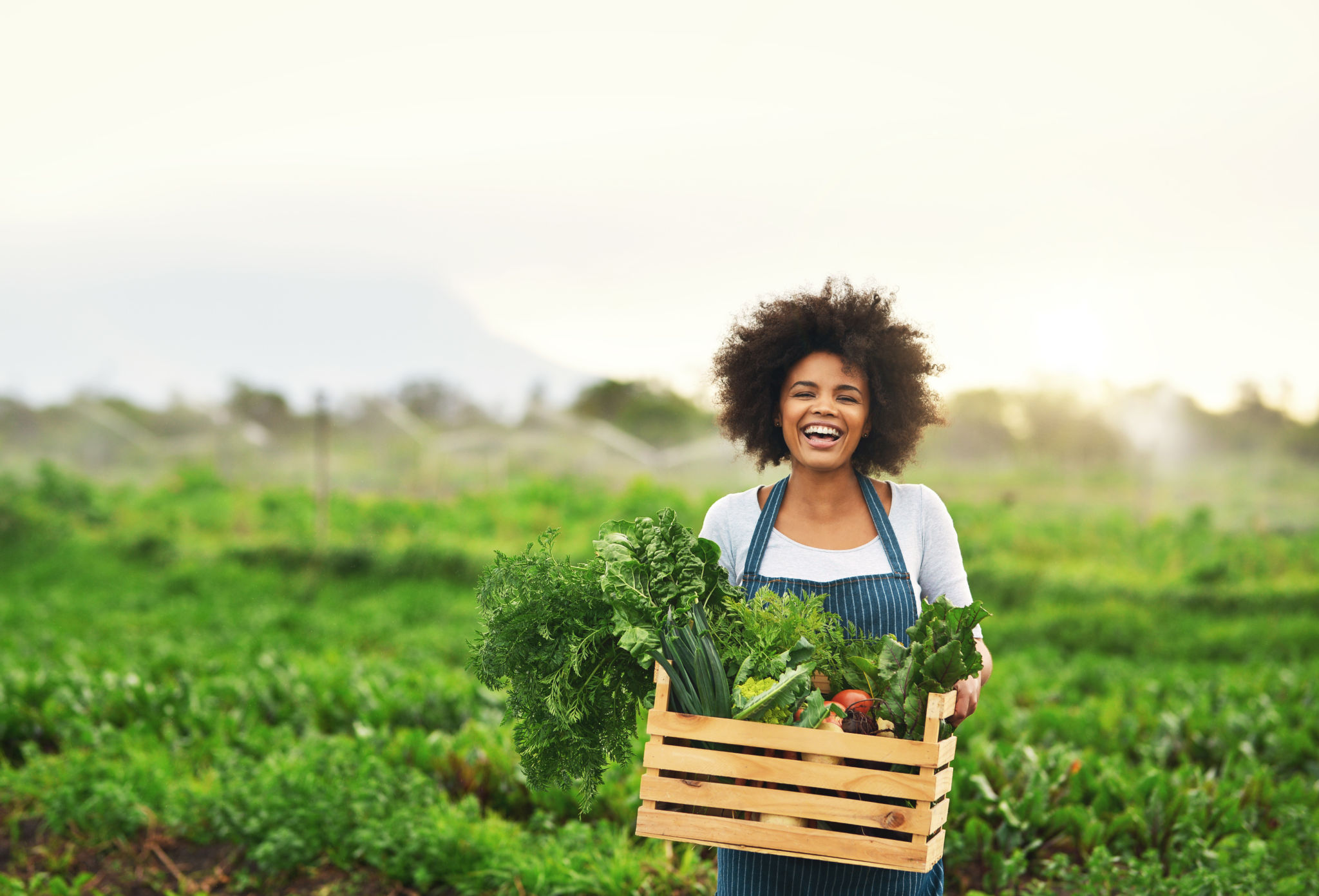Transforming Your Antwerp Backyard into an Edible Oasis: A Step-by-Step Guide
Understanding Your Space
Transforming your backyard into an edible oasis is a rewarding endeavor, especially in the vibrant city of Antwerp. The first step is to assess your space. Consider factors such as sunlight, soil quality, and available space. Identifying these elements will help you choose the right plants and layout for your garden.
Antwerp's climate is well-suited for a variety of plants, but it's crucial to understand the microclimate of your backyard. Observe how much sunlight different areas receive throughout the day. Most edible plants require at least six hours of direct sunlight, so plan accordingly.

Designing Your Edible Garden
Once you have a clear understanding of your space, it's time to design your edible garden. Start by sketching a layout that accommodates your selected plants. Consider a mix of vertical gardens, raised beds, and containers to maximize space utilization.
Companion planting is another strategy to enhance growth and deter pests naturally. Pair plants that benefit each other, such as tomatoes with basil or carrots with onions. This approach not only promotes a healthy garden but also adds visual appeal.

Selecting the Right Plants
The success of your edible oasis depends heavily on the choice of plants. Opt for varieties that thrive in Antwerp's climate. Popular choices include leafy greens, herbs, berries, and root vegetables. Consider incorporating local favorites like endive and Brussels sprouts.
For beginners, herbs like thyme, mint, and parsley are excellent starting points due to their ease of growth and high yield. These can be grown in small pots if space is limited, adding both flavor and fragrance to your garden.

Soil Preparation and Planting
Preparing the soil is a critical step in ensuring the success of your garden. Start by testing the pH level and nutrient content of your soil. Amend it with organic matter such as compost or well-rotted manure to improve fertility and drainage.
When planting, follow the specific guidelines for each type of plant regarding depth and spacing. Watering is equally important; ensure that your garden receives adequate moisture without becoming waterlogged. Installing a drip irrigation system can help maintain consistent moisture levels.
Maintaining Your Edible Oasis
Regular maintenance is essential to keep your garden thriving. This includes pruning, weeding, and monitoring for pests. Utilize organic pest control methods such as neem oil or introducing beneficial insects like ladybugs to keep harmful pests at bay.
Harvesting your produce at the right time ensures the best flavor and nutritional value. Keep a calendar or journal to track planting dates and expected harvest times for each crop.

Enjoying the Fruits of Your Labor
Finally, relish in the satisfaction of enjoying fresh produce right from your backyard. An edible garden not only provides nutritious food but also enhances the aesthetic appeal and biodiversity of your outdoor space.
Consider sharing your bounty with neighbors or hosting a small gathering to showcase your edible oasis. This can inspire others in Antwerp to embark on their own gardening journey.
